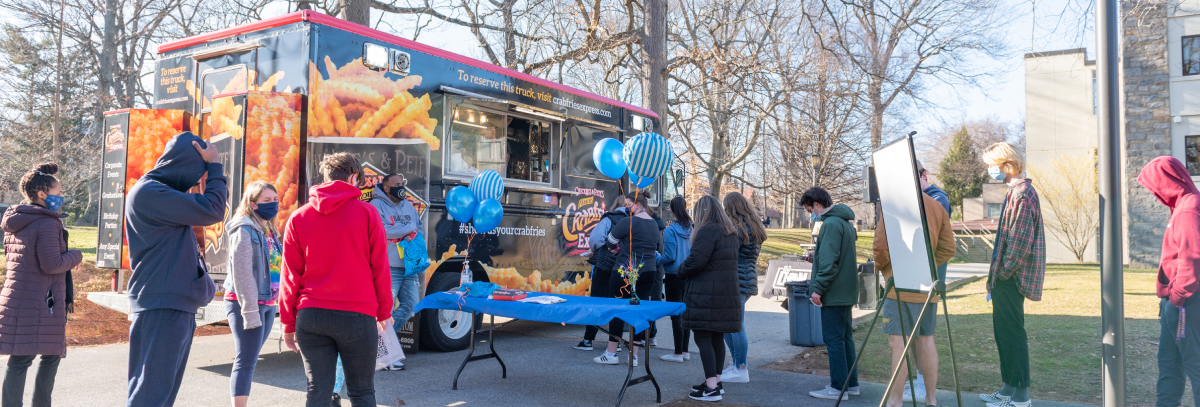Let me pitch you a scenario that probably sounds familiar. You’re walking down the hallway, and you know that your hair looks bad. As you walk past several people, you can feel everyone looking at you, noticing your messy hair that you couldn’t fix this morning. Guess what? I can guarantee that you greatly overestimated how many people noticed or cared (and I can back it up with psychological studies).
There is something in psychology known as the “spotlight effect.” This is the phenomenon where people tend to overestimate how much others notice aspects of one’s appearance or behavior. This causes a lot of social anxiety for people, and I want to help try to dilute some of that. Most people do not care about how you look or what you’re doing. I’m not saying that in a cruel way. I’m saying that in a practical way. If most people don’t notice or don’t care, then that knowledge should help us combat social anxiety and be more comfortable being ourselves.
In case you don’t believe me, Tom Gilovich and colleagues published a paper published in the Journal of Personality and Social Psychology in 2000. In this study, “the researchers brought in groups of students to complete an unrelated task in the same room, and randomly assigned one of the students to put on an embarrassing t-shirt (if you must know, it was a t-shirt of Barry Manilow, which the researchers had previously established was highly embarrassing for this college population)” (Mendoza-Denton, 2012). The researchers asked the students wearing the embarrassing t-shirt to estimate how many people in the room noticed what they were wearing. The students wearing the shirt estimated that about 50% of the room noticed. In reality, only 25% of the people in the room were able to identify the Barry Manilow shirt. Interestingly enough, when different students were asked to watch these groups' recordings and estimate how many people they thought would notice the shirt, they had a similar estimate to the reality- about 25%. This means that actually wearing the shirt and being in the situation caused people to overestimate how many people would notice drastically.
A second study was done in which students could choose between 3 non-embarrassing t-shirts: one with a pic of Bob Marley, one with Jerry Seinfeld, and one with Martin Luther King Jr. These are all well-known people that would be easy to identify. Once again, the students wearing the shirts estimated that about 50% of the room would notice and recall the shirt. In this study, less than 10% of people were actually able to identify who was on the shirt afterward. Ten. Percent.
So while we’re out here worrying about what others are noticing about us, in reality, most of them aren’t. This is because most people are too preoccupied thinking about themselves or something that they are doing. If we’re in the same calculus class, there is a very small chance that I’m going to notice what shirt you’re wearing. Why? Because I have my own life to attend to. I’m thinking about what I’m going to eat afterward, or trying to understand what’s going on in the class, or thinking about my team meeting at 3:00 pm.
I just had golf practice yesterday with a few of my teammates, and I have absolutely no clue what any of them were wearing. Not one clue. All I can tell you is that we all had golf shirts and shorts on, but that one’s somewhat obvious. I know for a fact I could tell you specifically what shirt and shorts I was wearing, though. This is the spotlight effect in action. Please, take this to heart and try to remember it the next time you feel anxious out in public. Most people don’t notice, and most of those who actually do probably don’t care.
